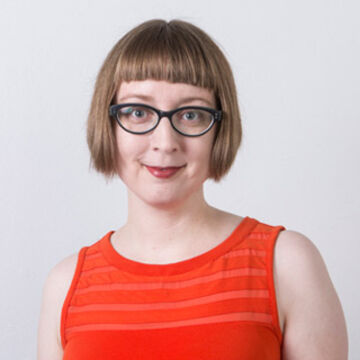| Core Studio Practice I |
Contemporary Practices |
1010 (005) |
Fall 2025 |
|
Description
In this course we will focus on disciplinary and interdisciplinary art and design practices of contemporary art production. This team-taught, year-long class explores the materials and techniques of surface, space, and time (2D, 3D, and 4D), as well as the connections and interplay of these areas. Core Studio integrates the formal with the conceptual, traditional with the contemporary, and makes visible a variety of approaches in current cultural production in order to foster the development of students? emerging practices as makers and thinkers.
In this interdisciplinary studio course students will be authorized to use a variety of school shops, materials and equipment; including the woodshop, plaster studio, digital lab, sewing machine, hand tools, sound and video production, digital workflows and principles of visual fundamentals. This is a hands-on making class, faculty present artists and content related to a particular toolkit and, or project theme. Every section of Core Studio has shared learning outcomes which are uniquely realized by each Core faculty partnership.
Students should expect a fast-paced studio environment. In Core Studio students will complete short assignments as well as longer multi-week projects. Assignments are designed to help students develop their own ideas in relation to the materials, processes, and themes presented by faculty.
|
Class Number
1204
Credits
3
|
| Core Studio Practice II |
Contemporary Practices |
1011 (005) |
Spring 2025 |
|
Description
In this course we will focus on disciplinary and interdisciplinary art and design practices of contemporary art production. This team-taught, year-long class explores the materials and techniques of surface, space, and time (2D, 3D, and 4D), as well as the connections and interplay of these areas. Core Studio integrates the formal with the conceptual, traditional with the contemporary, and makes visible a variety of approaches in current cultural production in order to foster the development of students? emerging practices as makers and thinkers.
In this interdisciplinary studio course students will be authorized to use a variety of school shops, materials and equipment; including the woodshop, plaster studio, digital lab, sewing machine, hand tools, sound and video production, digital workflows and principles of visual fundamentals. This is a hands-on making class, faculty present artists and content related to a particular toolkit and, or project theme. Every section of Core Studio has shared learning outcomes which are uniquely realized by each Core faculty partnership.
Students should expect a fast-paced studio environment. In Core Studio students will complete short assignments as well as longer multi-week projects. Assignments are designed to help students develop their own ideas in relation to the materials, processes, and themes presented by faculty.
|
Class Number
1228
Credits
3
|
| Statements, Grants, Proposals |
Arts Administration and Policy |
3900 (001) |
Spring 2025 |
|
Description
This interdisciplinary seminar introduces, deepens and extends writing skills and helps to develop concepts that can sustain, guide and propel artistic practice after graduation. Central to the class is the professional completion of two grant applications, followed by a mock jury event that simulates actual jurying procedure. In conjunction with the applications, students write artist statements and develop project proposals. We also discuss how the arts and the public intersect, whether in popular opinion, historic context or professional settings. This includes an assessment of the relations of artists and audiences, artists and administrators and curators, and artists and critics.
|
Class Number
1567
Credits
3
|
| ARTSAD: Project Development Laboratory |
Arts Administration and Policy |
4904 (001) |
Fall 2025 |
|
Description
It requires practical skills and an understanding of institutional pathways to bring artistic projects to life. In support of public exhibitions, performances and other community engagements, artists and their collaborators work as artistic directors, creative leads, and cultural project managers, often bridging multiple registers to make things happen. Including topics such as project planning, budgeting and documentation, as well as relationship management and conceptual mediation, this course teaches practical skills while exploring how they might be framed by disciplinary critical conversations and course participants¿ artistic practice. We will draw on case studies of individual projects that have been developed, funded and executed. To develop a broader context, we will study cultural funding models, for example the National Endowment for the Arts (NEA). Students will be exposed to project management practices; current cultural policy models (US) and resulting arts economies; and the related fundraising and programming models. In support of your own practices, students will situate themselves within the field and begin the process of project proposal writing, while exploring communication strategies. Course work will vary but typically will include weekly readings, and a gradually building semester-long project, including the development of a project plan, a budget, and working timeline.
|
Class Number
1172
Credits
3
|

